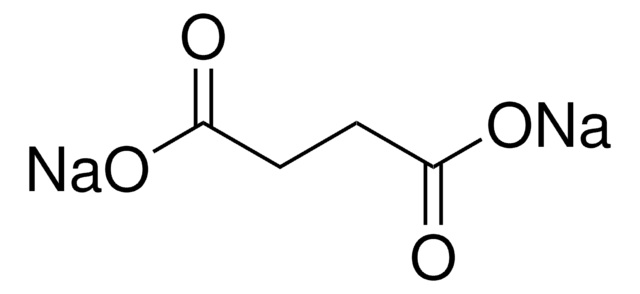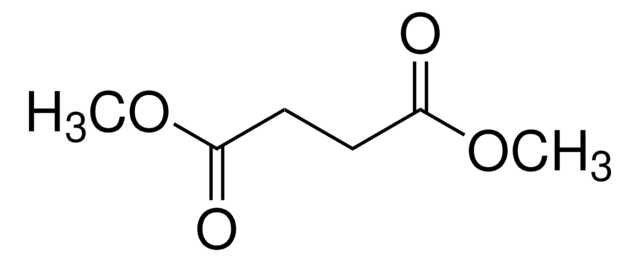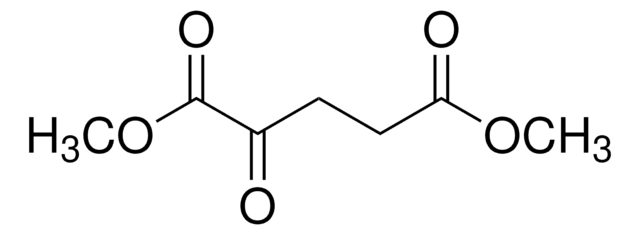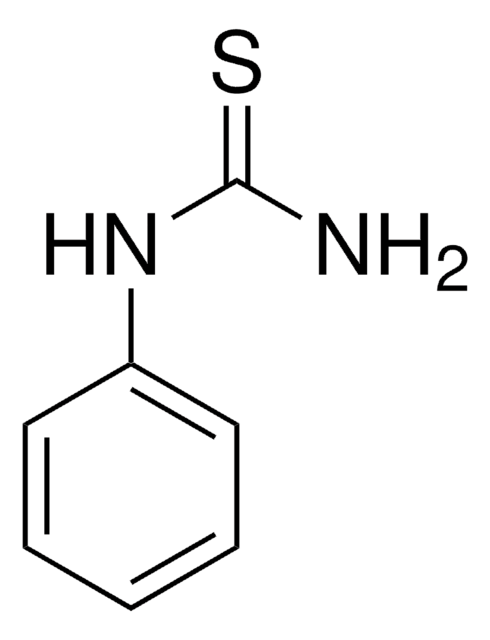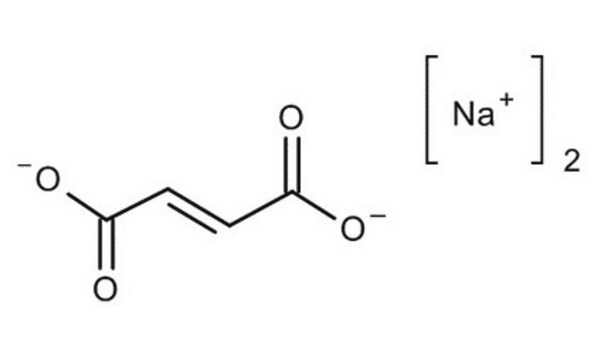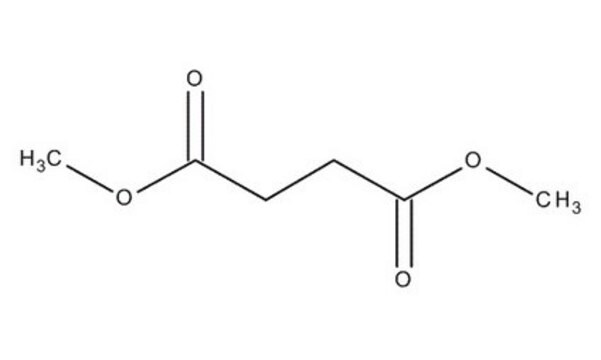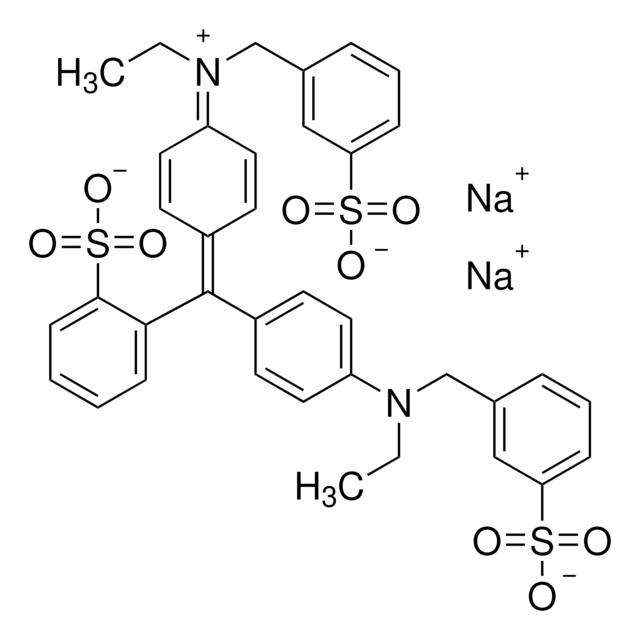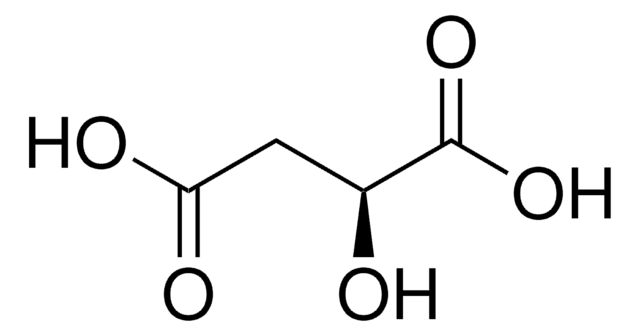Kluczowe dokumenty
S9637
Sodium succinate dibasic hexahydrate
BioReagent, suitable for cell culture, suitable for insect cell culture
Synonim(y):
Butanedioic acid disodium salt, Succinic acid disodium salt
About This Item
Polecane produkty
linia produktu
BioReagent
Poziom jakości
metody
cell culture | insect: suitable
cell culture | mammalian: suitable
pH
8—9.5 (25 °C, 270 g/L)
rozpuszczalność
H2O: 100 mg/mL, clear, colorless
ciąg SMILES
O.O.O.O.O.O.[Na+].[Na+].[O-]C(=O)CCC([O-])=O
InChI
1S/C4H6O4.2Na.6H2O/c5-3(6)1-2-4(7)8;;;;;;;;/h1-2H2,(H,5,6)(H,7,8);;;6*1H2/q;2*+1;;;;;;/p-2
Klucz InChI
ZBTUYCUNQBRXOR-UHFFFAOYSA-L
Szukasz podobnych produktów? Odwiedź Przewodnik dotyczący porównywania produktów
Opis ogólny
Zastosowanie
- as a supplement in the assay medium to incubate mitochondria to measure the specific activity of complex-II
- as a component in plant induction medium/ protoplast induction media (PIM) for plant regeneration
- as a small-molecule additive in the fresh medium to study its positive synergistic effects on transgene expression in Chinese hamster ovary (CHO) cells
Cechy i korzyści
- Versatile and adaptable for a wide variety of laboratory and research applications
- BioReagent Grade Sodium succinate for your Cell Biology and Biochemical research
- Tested for Mammalian and Insect cell culture applications
Inne uwagi
Kod klasy składowania
11 - Combustible Solids
Klasa zagrożenia wodnego (WGK)
WGK 1
Temperatura zapłonu (°F)
Not applicable
Temperatura zapłonu (°C)
Not applicable
Środki ochrony indywidualnej
dust mask type N95 (US), Eyeshields, Gloves
Wybierz jedną z najnowszych wersji:
Masz już ten produkt?
Dokumenty związane z niedawno zakupionymi produktami zostały zamieszczone w Bibliotece dokumentów.
Klienci oglądali również te produkty
Nasz zespół naukowców ma doświadczenie we wszystkich obszarach badań, w tym w naukach przyrodniczych, materiałoznawstwie, syntezie chemicznej, chromatografii, analityce i wielu innych dziedzinach.
Skontaktuj się z zespołem ds. pomocy technicznej


